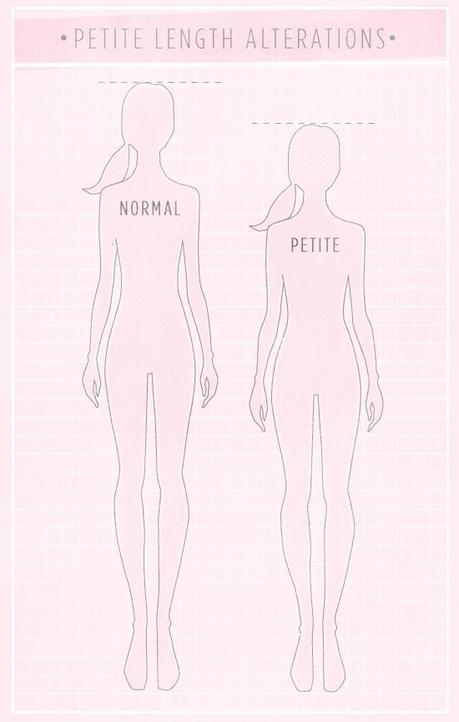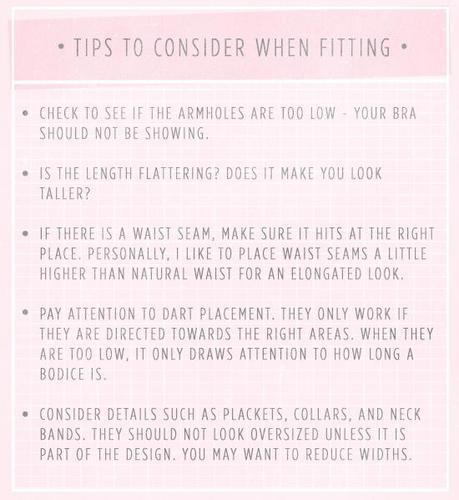
We expect a lot from our clothing, especially if we make it ourselves. Hours of dedication- thread, sweat and tears should yield the results we visualized from the initial pattern draft or purchase. Then the moment comes when you try on the finished garment and are either really pleased or, sadly, disappointed. Unfortunately we have all had those defeated moments when you realize that your project is not right and just does not work for your body.
We all have different shapes and sizes and our figures are literally evolving. Science has proven that not only were we two inches shorter 100 years ago, but also our body masses are expanding from both lifestyle and diet. Visual proof can easily be had at a costume exhibit that features clothing from the Victorian Era. The diaphanous gowns and bustled day dresses are relative to a modern day smaller preteen girl.
As our bodies have changed significantly, niche markets for clothing geared towards specific body shapes have become more readily available, even if they are limited. One such category is for petites. Petite options have been around for a while. I personally used to associate petite as the area in the department store where my grandmother shopped for her slacks and embroidered sweatshirts. No way did I need to shop there! Even during the early years of my fashion career the items that the petite fit models were called in for fit the typical description of moderate and unfashionable. It wasn’t until my late 20′s, and a few years of garment fitting under my belt, did it really sink in that average clothing just did not fit my 5’1″ frame well and hopes of a final growth were dashed. I needed options…I needed to rethink petite.
Currently there is a petite renaissance happening as more options become available to both purchase and make. The definition of petite is anyone 5’4 and under, which represents 40% of the female population. Then there are those who have short torsos, but long legs- or vice versa. This adds a large variable to the petite category and could potentially represent closer to 70% of the population. Options are needed and retailers and pattern companies are starting to respond.

There are two schools of thought about what a petite is. The first idea is that petites are not only shorter in torso, legs and arms, but also smaller in body mass and frame. Petite offerings within this category generally are about an inch smaller in width than the related missy size. The second idea is that petites are shorter, but have the same body widths as their missy counterparts. Each represents a particular viewpoint on the part of the designer and /or careful study of core customers. There are no right or wrong answers, only points of view. If you are shopping online for petite sizes it is worth a study of the sizing charts to understand what you are getting.
What do you do if you are a petite sewer? Petite patterns are out there, but if you are making a garment based on a petite pattern or an altered pattern, it is always best to make a muslin. This is the best and only way to judge how a style will look on your body. Just like any fitting, it is not only about if it fits the body. It is about how it makes you look and feel. After all, you spend a lot of time making the garment perfect. Make sure it is perfect for you!

